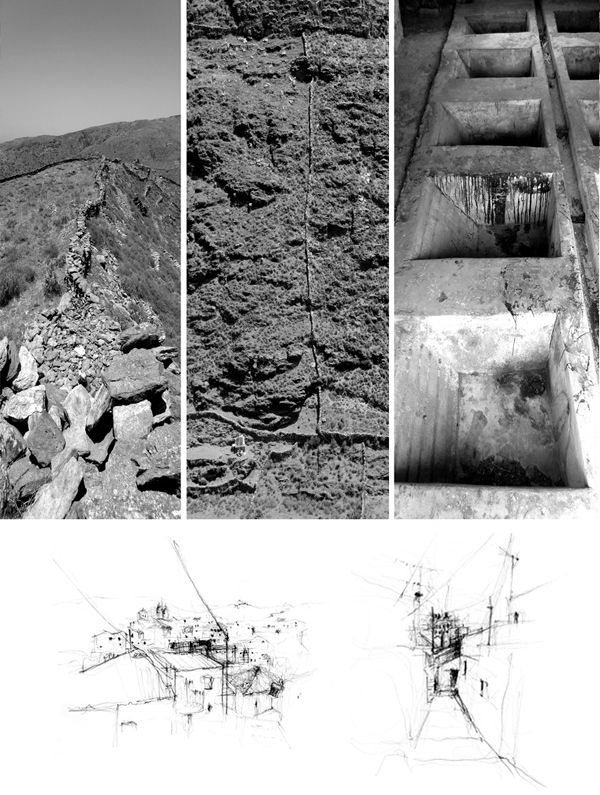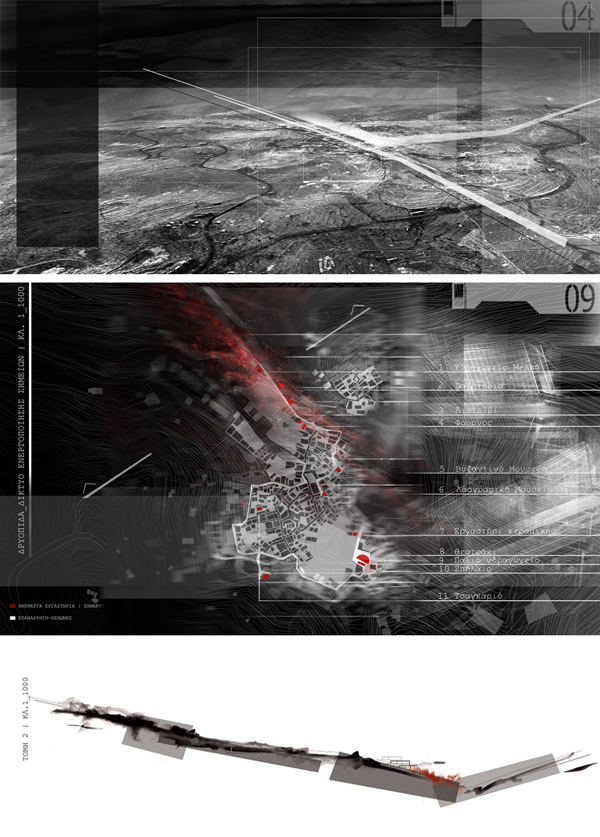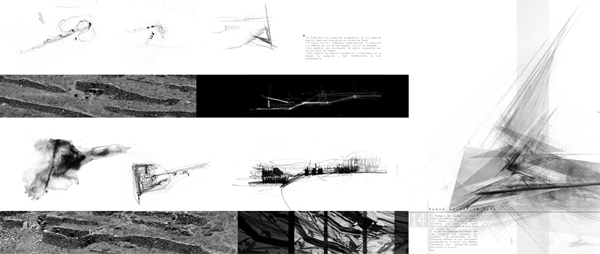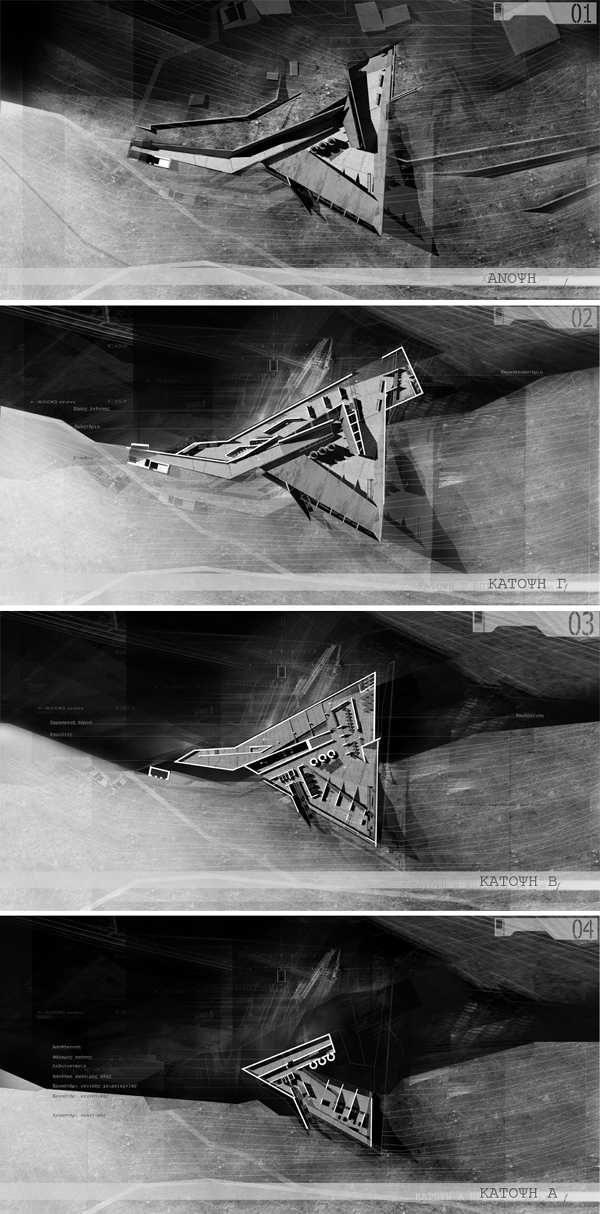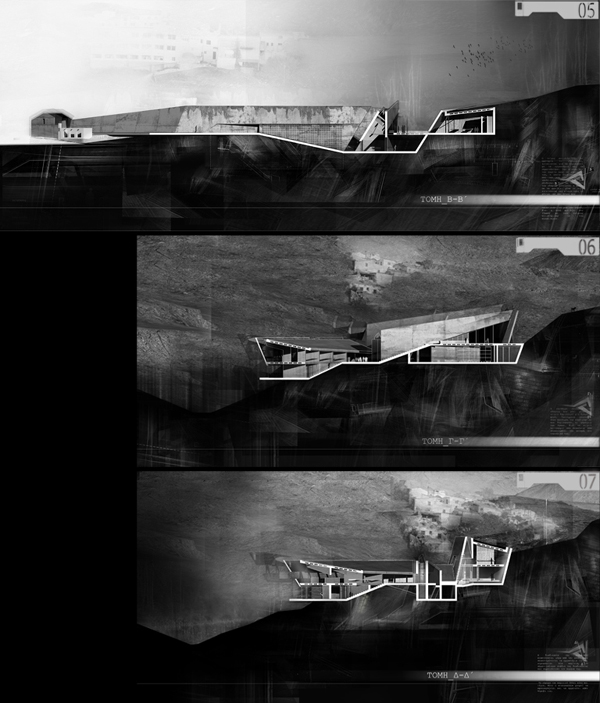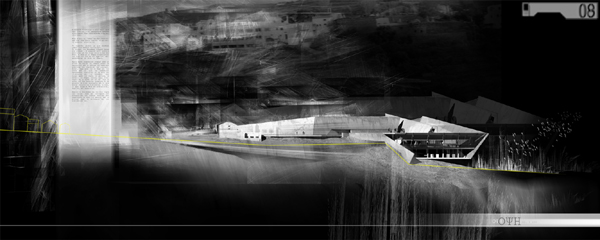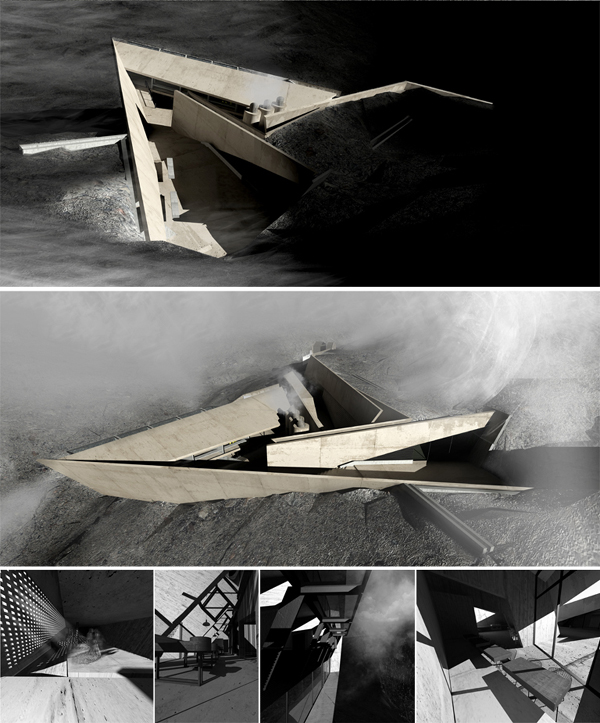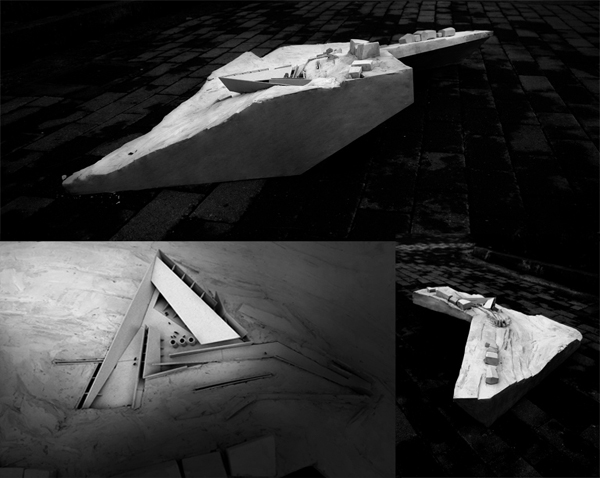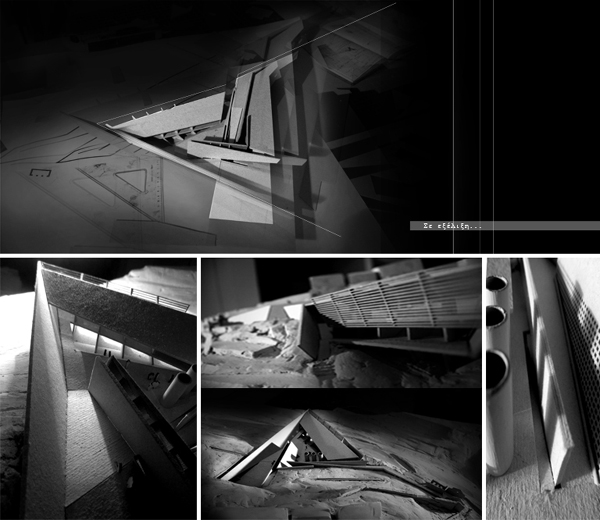STUDENTS PROJECTS
PROJECTS 2011
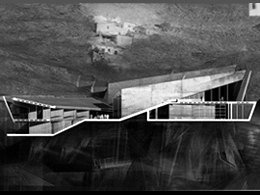
22 September, 2012
Pottery and crafts workshop in Dryopida on the island of Kythnos
The design thesis concerns the study of a pottery and crafts workshop located in the village Dryopida on the island of Kythnos. (prize 2011)
Student: Daskalaki Katerina-Olympia
Supervisor: S.Tsiraki
National Technical University of Athens
Date : 5 December 2011
Brief description
The workshop's basic purpose is the revival of the traditional popular art of the island and its gradual development to contemporary crafts in a place that captures the structure and the spirit of a place in order for one to feel the "Genius Loci".
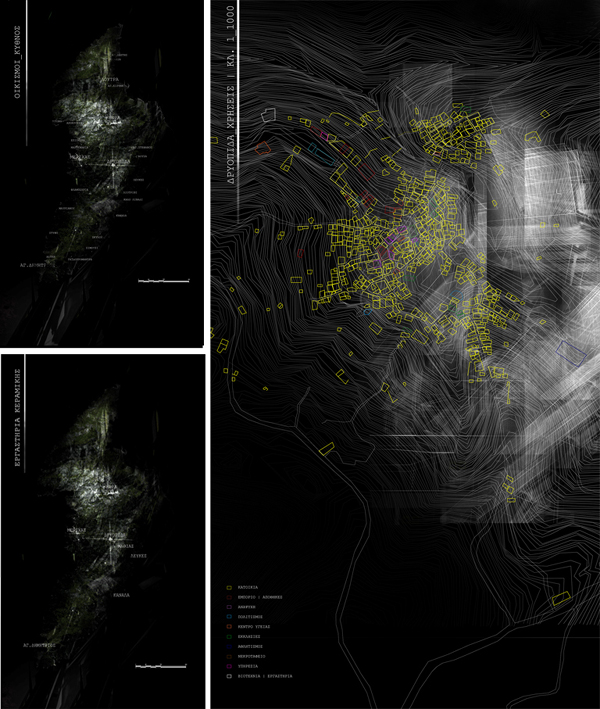
The design thesis concerns the study of a pottery and crafts workshop located in the village Dryopida on the island of Kythnos. Kythnos is an untouched island with unexploited architectural features and natural beauty. The choice is essentially based on a personal bond with this place and especially with the settlement of Dryopida where pottery has been developing for ages. Various images from the imprint of human activity were slowly collected in the subconscious and became food for thought. These comprehensive, clear images conceal this innate sense of geometry of the common man. If one wanders in the settlement, one will perceive the intensity of the power of memory over time. There are some old workshops long left to decay and other interesting sights. They could be part of a wider promenade motivating the settlement with the participation and collaboration of native artists and the local society.
Dryopida or "Syllaka" (laka=pit) or just "Village" is "hidden" among the hills, according to the local people. It's an atmospheric and special place. Within this "pit" that is formed by the surrounding masses of rock lies the workshop, following the dialogue between Dryopida and Galatas, which are separated by a stream. A "forgotten" art has revived today through the ceramics workshop within an area along the stream at the end of the settlement, where the old traditional workshops once flourished. This is a workshop that can also function as a crafts school due to the island's close proximity to Athens.
With a starting point at the aqueduct of P.Mella and a path along the water, the process of pottery is reflected in a linear path that is visible and readable in the synthesis and culminates in the three ceramic kilns. The path is transformed into a broken line, embracing the geometry of the ground, to create a reference center. Two Γ-shape routes define this core, creating at the same time two courtyards on different levels which define the zones of function, a public zone at the entrance level including the shop, the exhibition site, the café-preparation workshop and another zone of workshops (pottery, weaving, embroidery, general crafts) on the level of the central courtyard. The path to Nerofaoma penetrates into the composition dynamically. The supporting wall as a continuation of the terraces on the slopes of the arid landscape intensifies this linear continuation and tangles with the rest of the composition in a unified pen of stroke, thus marking the movement on the way to the core of the composition. In this way the building functions as "selector", gathering the movements inside it and is born unfolding itself through a spiral way dictated by the inclination of the ground.
This free continuation of the ground flows into the building thus passing through vertically to the terraces. At the same time, it contributes to the release of the introversion triggered by the tracing of the building.
Visitors have the opportunity to study the popular tradition of Kythnos in the small exhibition area and then follow the stages of the ceramics production performed in a traditional way. Unfortunately, the art of pottery, that is a strenuous, but also creative work, now belongs to a culture that is rapidly perishing, giving way to the culture of the "perfect machines", which is characterized by strenuous work, but also less creative.
Stages of production:
- Extraction of clay
- crushing
- sifting
- preparation of clay
- kneading
- storage
- modeling
- drying
- Firing
- glaze
- decoration
Without a direct morphological reference, but with an integration into the ground, the composition may diverge from the standards of the organic growth within the village, but it contains the structure and essence of the traces of the human interference. It relates to the boundaries of properties and terraces, the formation of water, the huts and the ground. Most important, however, is its relation with its own use. A ceramics workshop could not be cut off from the three key elements of the process, earth, water, fire. Through these the composition is defined, structured and erected (rammed earth). It requires the same suffering and the same "art of hands", but also the motivation of local people who are involved in all phases, from building up to the operation and familiarization.
